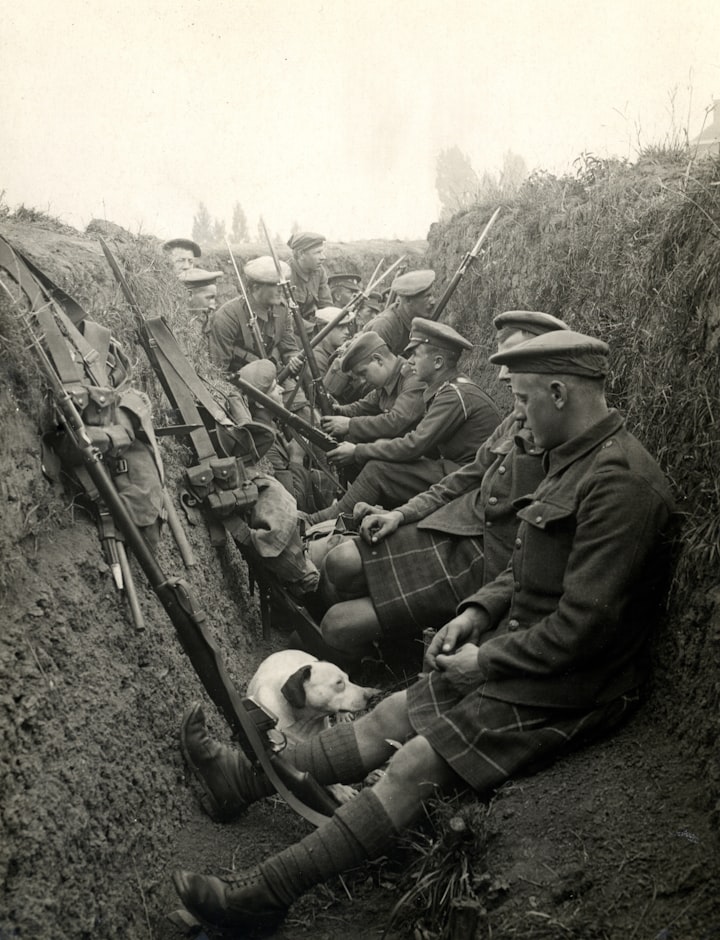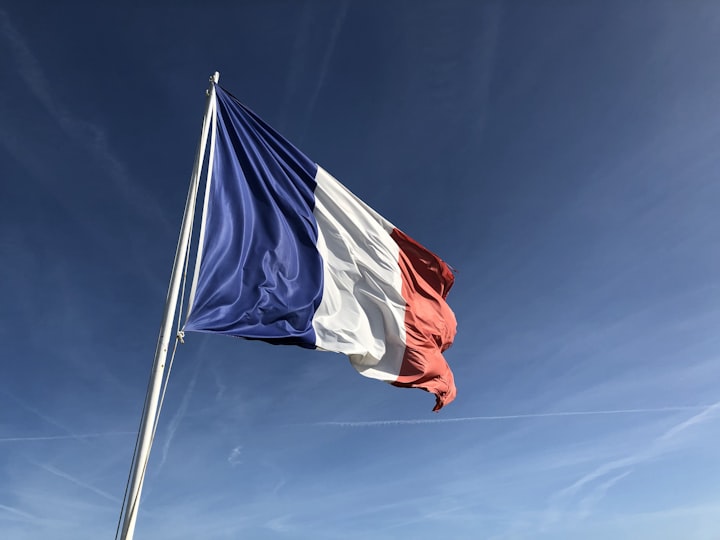
Introduction:
World War I, also known as the Great War, was a global conflict that lasted from 1914 to 1918 and had a profound impact on the course of history. This essay aims to delve into the catalysts behind the war, the major players involved, and the significant consequences that followed. World War I marked a turning point in warfare, politics, and society, leaving an indelible mark on the world.
Causes and Catalysts:
The complex web of events leading to World War I can be attributed to a combination of long-term factors and immediate triggers. Among the fundamental causes were militarism, imperialism, nationalism, and the intricate system of alliances that characterized early 20th-century Europe. The growth of militarism fueled arms races, while imperialism intensified rivalries among European powers seeking to expand their territories. Nationalism, a potent force at the time, bred tensions as ethnic groups vied for independence and self-determination.
The immediate catalyst for the outbreak of war was the assassination of Archduke Franz Ferdinand of Austria-Hungary in Sarajevo in June 1914. The assassination, carried out by a Serbian nationalist, ignited a diplomatic crisis between Austria-Hungary and Serbia, eventually drawing major powers into the conflict due to their pre-existing alliances.

Major Players and Course of the War:
The major players in World War I were divided into two main alliances: the Allied Powers (comprising France, Russia, the United Kingdom, and later the United States) and the Central Powers (including Germany, Austria-Hungary, and the Ottoman Empire). The war began with a swift German advance through Belgium and France in 1914, but by 1917, trench warfare had become the defining feature of the Western Front, with neither side making significant gains.
The war expanded beyond Europe, with conflicts occurring in the Middle East, Africa, and Asia. Battles such as Gallipoli and the Middle Eastern campaign demonstrated the global scope of the conflict. Meanwhile, the Russian Revolution in 1917 led to Russia's withdrawal from the war and the subsequent rise of Bolshevik Russia under Vladimir Lenin.

Consequences and Legacy:
World War I had far-reaching consequences that reshaped the political, social, and economic landscapes of the 20th century. The Treaty of Versailles, signed in 1919, imposed harsh reparations on Germany, fueling resentment and setting the stage for World War II. The collapse of empires, including the Austro-Hungarian, Ottoman, German, and Russian, created power vacuums and redrew national boundaries, leading to the establishment of new states and territorial disputes that persist to this day.
The war also brought about significant advancements in military technology and tactics. The use of artillery, machine guns, poison gas, and tanks revolutionized warfare, resulting in unprecedented casualties and destruction. The suffering endured by soldiers in the trenches became emblematic of the war's futility and brutality.
Furthermore, World War I had profound social and cultural impacts. The war led to the empowerment of women as they took on new roles in the absence of men. It also stimulated artistic movements, such as Dadaism and surrealism, which sought to challenge conventional norms in response to the horrors of war.
Key Events and Turning Points:
The war can be divided into distinct phases, each characterized by significant events and turning points. The early stage saw rapid German advances on the Western Front and the formation of the trench warfare stalemate. The introduction of new military technologies, such as poison gas, tanks, and aircraft, brought unprecedented levels of destruction and suffering. The entry of the United States into the war in 1917 bolstered the Allied forces and tipped the balance in their favor. Finally, the signing of the Armistice on November 11, 1918, marked the end of hostilities and laid the groundwork for the subsequent peace negotiations.
Conclusion:
World War I was a transformative event that left an enduring imprint on the world. Its causes were deeply rooted in political, economic, and social factors, while the immediate catalyst was the assassination of Archduke Franz Ferdinand. The war's consequences ranged from political and territorial realignments to the advancement of military technology and the redefinition of societal roles. As we reflect on this cataclysmic event, it is crucial to remember the immense human suffering it caused and strive to learn from history to prevent such conflicts in the future.





Comments
There are no comments for this story
Be the first to respond and start the conversation.